The Importance of Alone Time

Did you know that helping your dog or puppy learn to be alone is a skill just as important as learning to sit, lay down, or come? Dogs are wired to be social creatures by nature—which is why they make the best companion! It feels great to have a dog who is enthusiastic about wanting to spend time with us and keeps us company. Who wouldn’t want that after all? In this time where so much is uncertain, it’s easy to find ourselves depending on the companionship of our dogs as much as they depend on us.

But constantly being around us can make it so our dogs rely on social interaction and proximity that isn’t sustainable when we go to work and school. If your dog has had an opportunity to get into the habit of spending all day and night with you, their favorite people, returning to a previous routine of being left home for longer stretches of time can create worry and in some cases extreme stress, seemingly overnight.

For young puppies, practicing alone time, even when you are home, helps your new puppy learn the skills needed to successfully be left home alone without any stress – and stress can lead to unwanted behaviors. For your adult dog, practicing alone time will keep the skill sharp for them allowing you to return to your routine outside of the home when the time comes without any stress or confusion for your best friend.
How do we do practice this as we are spending more time at home? Here we outline some ideas for you to help your dog or puppy learn to be alone, while you are home:
First, spend a few minutes thinking about what your schedule looked like before you were home for an extended period of time and write it down. Here are some questions to think about:
- What time did your day start?
- What did your morning routine look like (breakfast, kids ready, shoes on, keys picked up, leave in car, etc.)?
- Where did your dog stay (or where would you like your dog to stay)?
- When did you return home?
- What did your day end look like?
Then, come up with a plan to practice—after all practice makes perfect! Here are some tips for your practice:
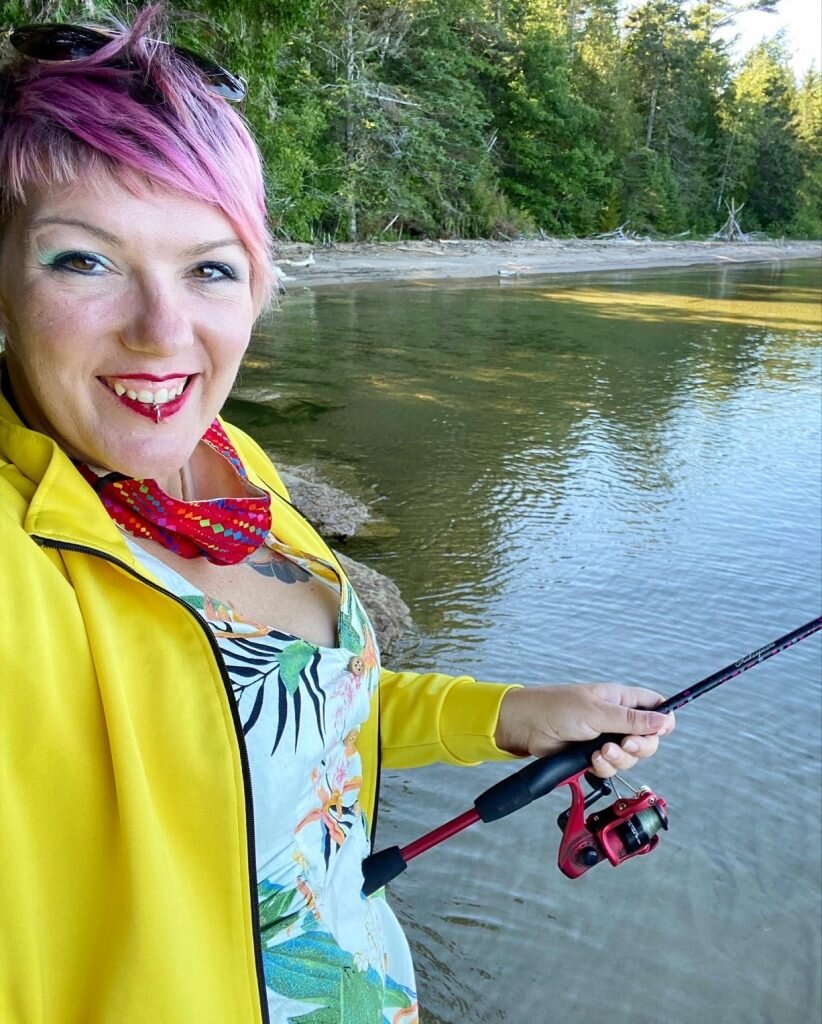
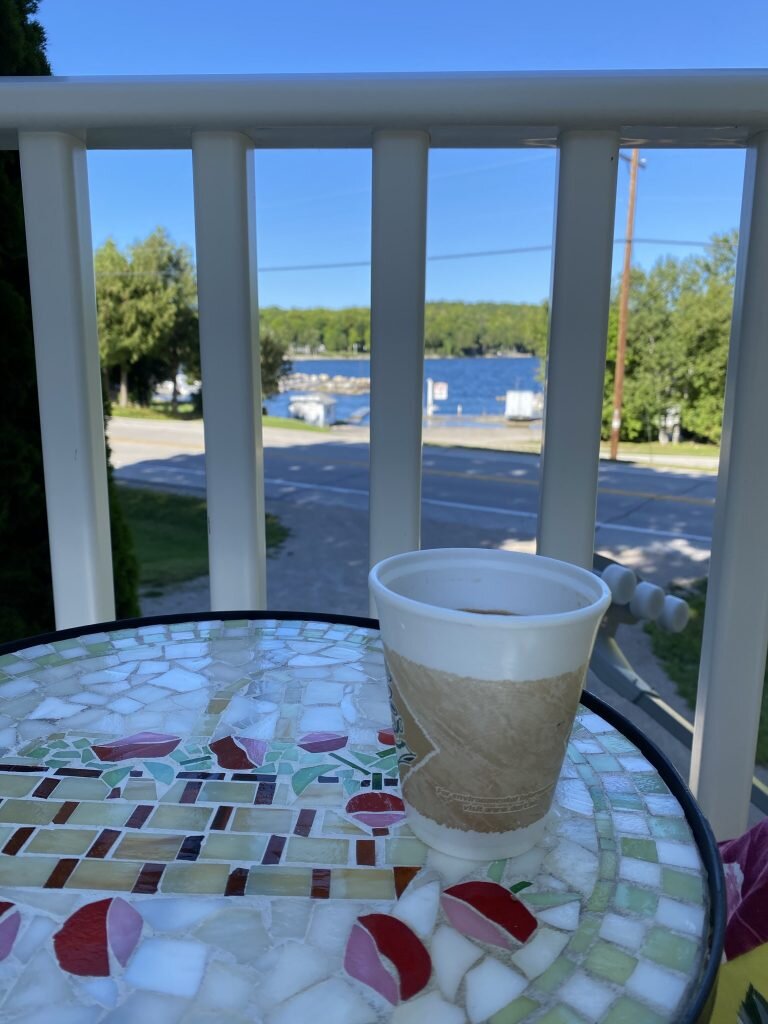
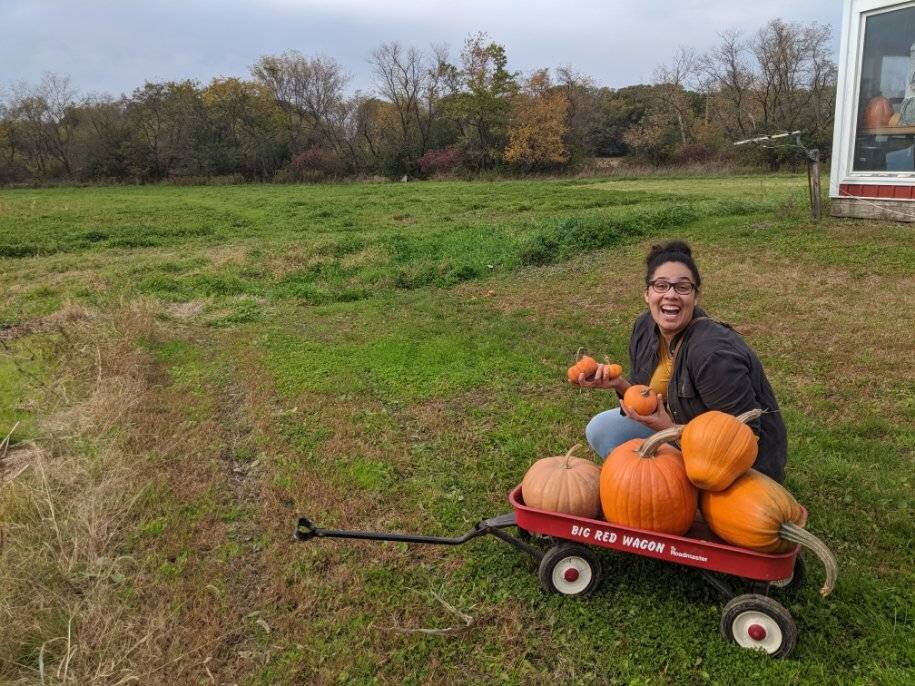

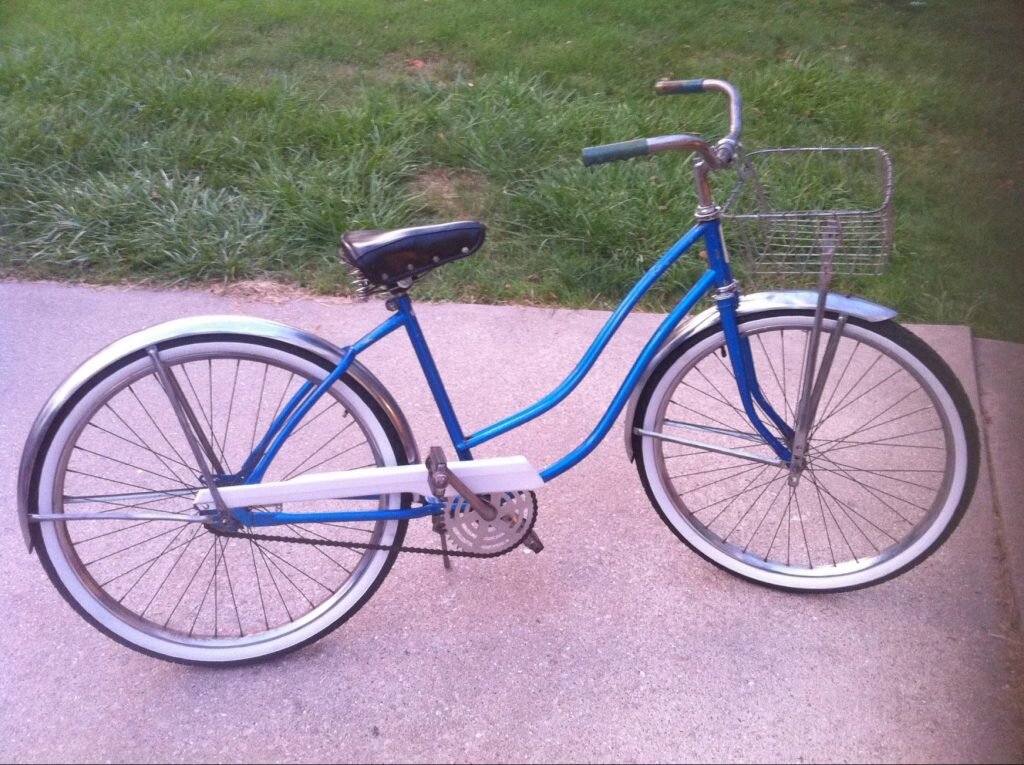
- Find some reasons throughout the day to leave your house and practice leaving as you would before you were home the majority of the time.
- Leave the house in your car. Take a short drive around the neighborhood, get a car wash or gas, or run a short errand.
- Go take a walk and leave the dogs at home. We all love to take our dogs for walks (and they should still get their exercise) but that is a great opportunity to practice alone time for your dog as well. Maybe take a short jaunt around the block, return and reward the alone time with a short jaunt for your dog too!
- Do yardwork and leave your dog inside
- Go outside with a book or your computer and leave your dog inside.

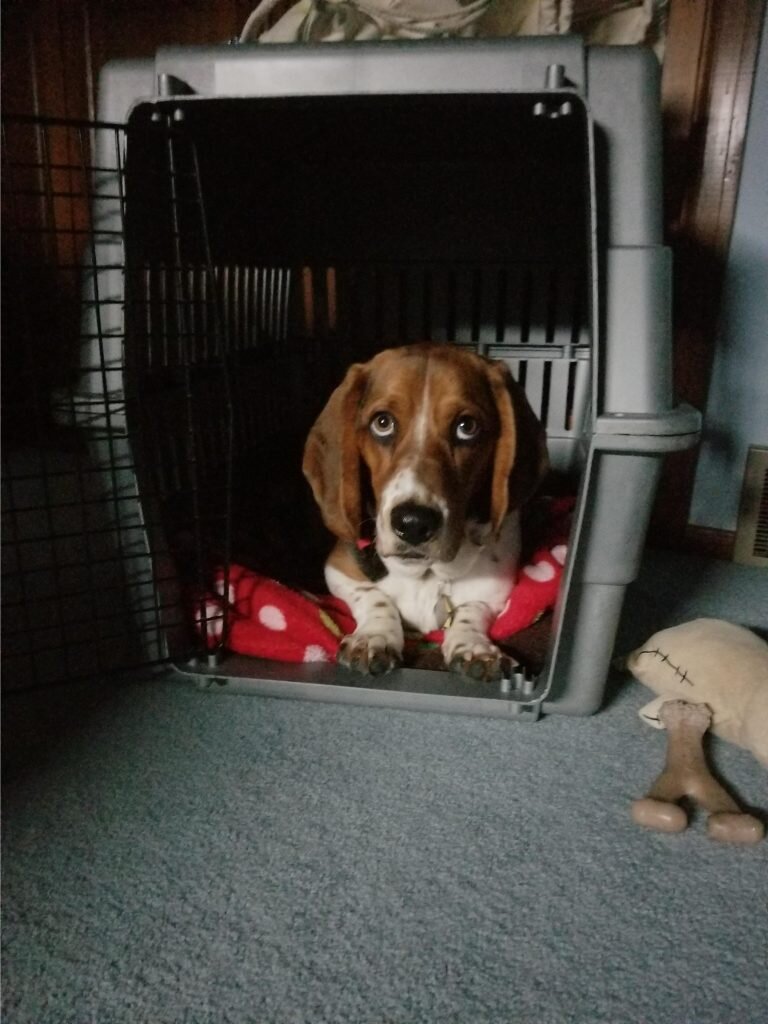
- Crate or isolate your dog for some portion of each day—AWAY from you WHILE you are home. Even if you are not leaving the house. This is a very important part of learning to be alone. If can be even more fun to make this a game and vary the crate time activities. Sometimes they get their meal in a crate, sometimes they sleep in the crate, sometimes there is a yummy bone in their crate, etc. Additionally, practice crating or isolating your dog from you for varied amounts of time. Sometimes it’s a quick 15 min, sometimes it’s 2 hours. This makes it an unpredictable and fun activity for them!

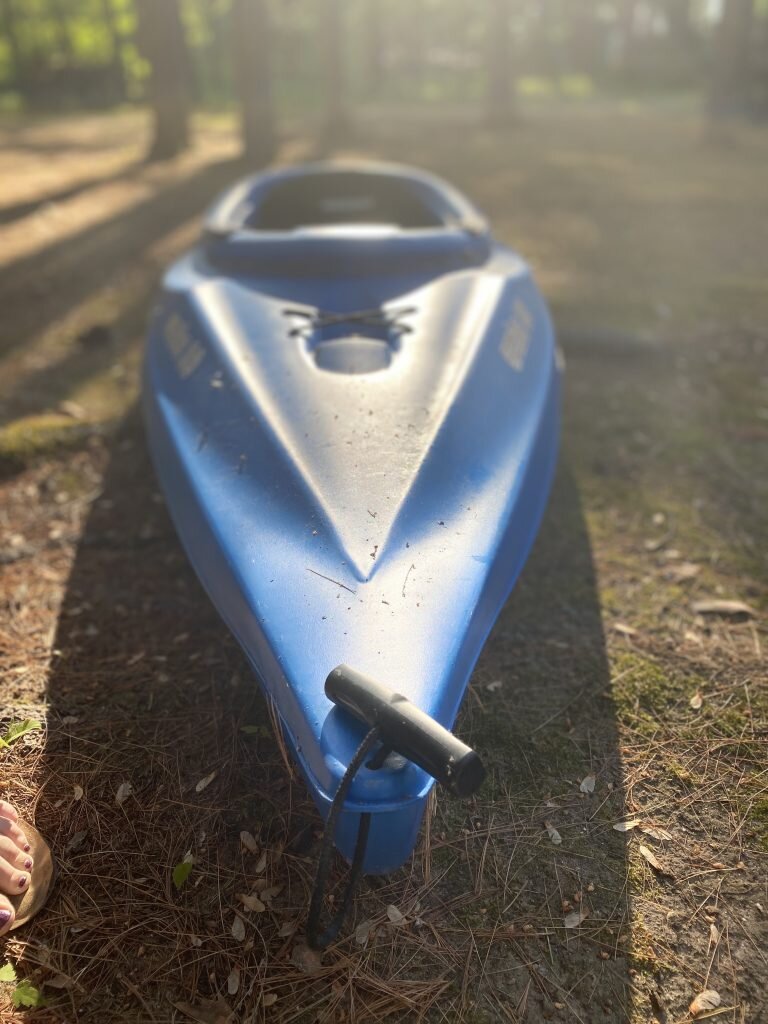
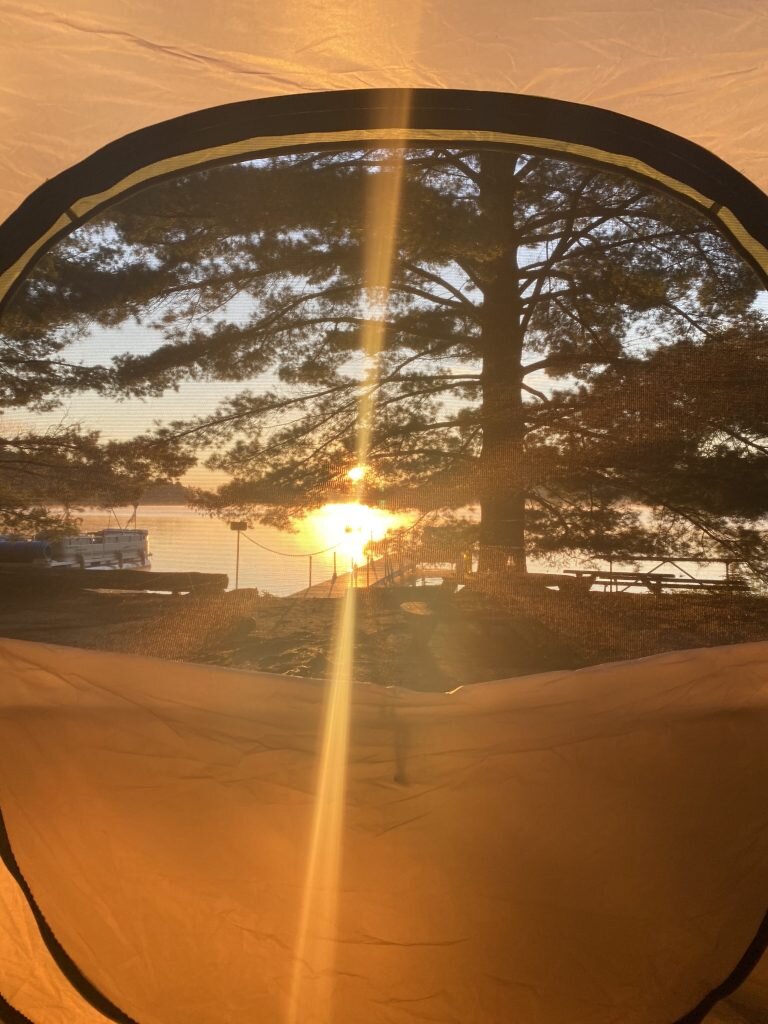
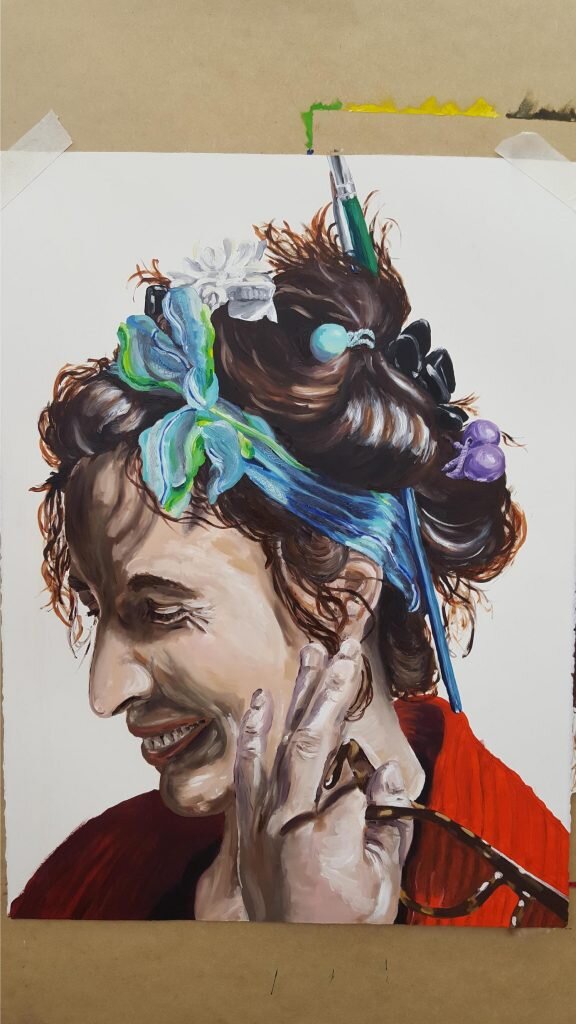
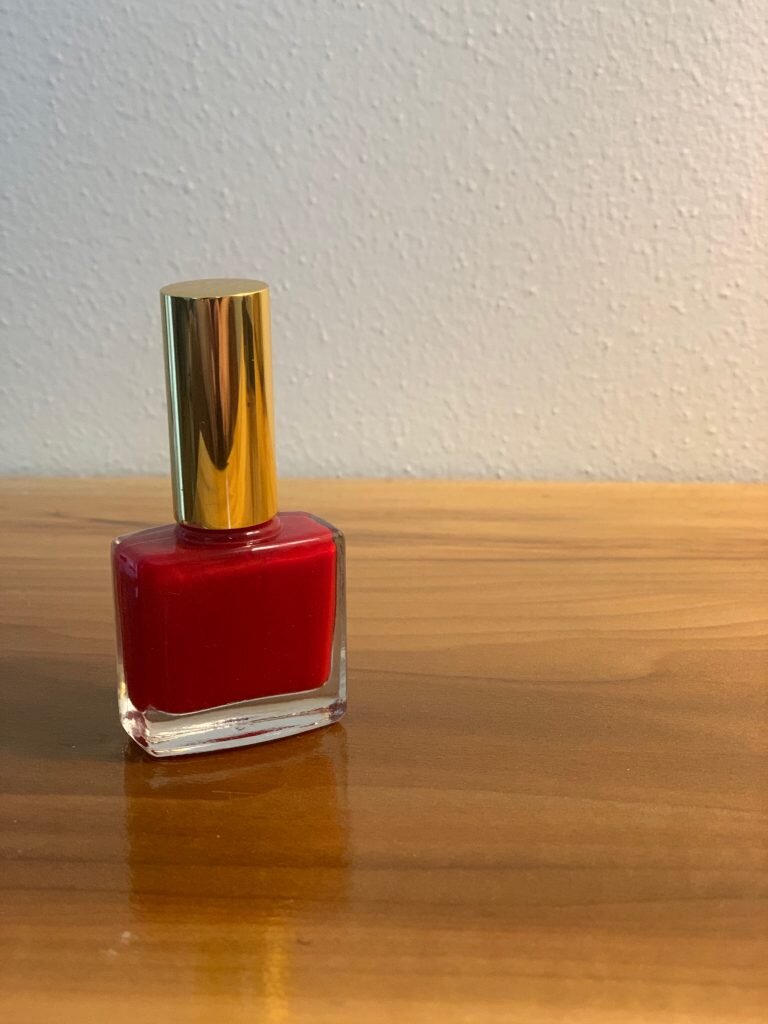
- Pick things you do throughout your day to use as alone time practice for your dog. There are bound to be things in your current daily life that will allow the perfect opportunity for alone time practice in small segments. Here are some examples:
- Going to the bathroom
- Taking a shower
- Doing the dishes
- Cleaning a room of the house
- Doing laundry
- Take trash to the curb
- Walking to mailbox
- Taking a conference call
Let us know what examples you come up with in the comments below!

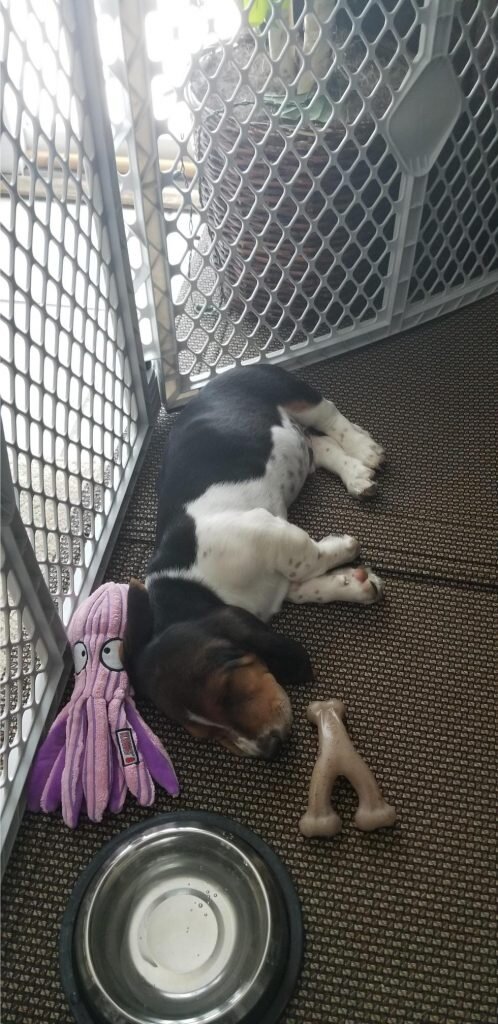
- Practice using barriers to help your dog settle away from you. Set up a baby gate or x-pen somewhere in your home where you are on one side and your dog is on the other side. Start by rewarding any calm behavior like 4 on the floor, sitting, patience, quiet, etc. Toss a treat into their space when you notice this behavior but don’t get up and give it to them. As they get better at this, wait for even MORE calm behavior. Laying down, relaxing, or even walking away from the part of the room you are in. Reward this behavior as well.

- Play music or TV to help manage environmental noise. Sometimes things happen that we are unaware of such as road construction, the neighbor getting a new roof, someone driving by with a loud radio, etc. Plus, music has been scientifically proven to help reduce stress in dogs!
By spending a part of each day away from your dog, you are setting both of you up for a lifetime of success. Balancing alone time with time each day to play and love on your dog is a recipe for a healthy and thriving relationship. After all, we have pets to be companions. Let’s help them have the skills to be alone as well.

